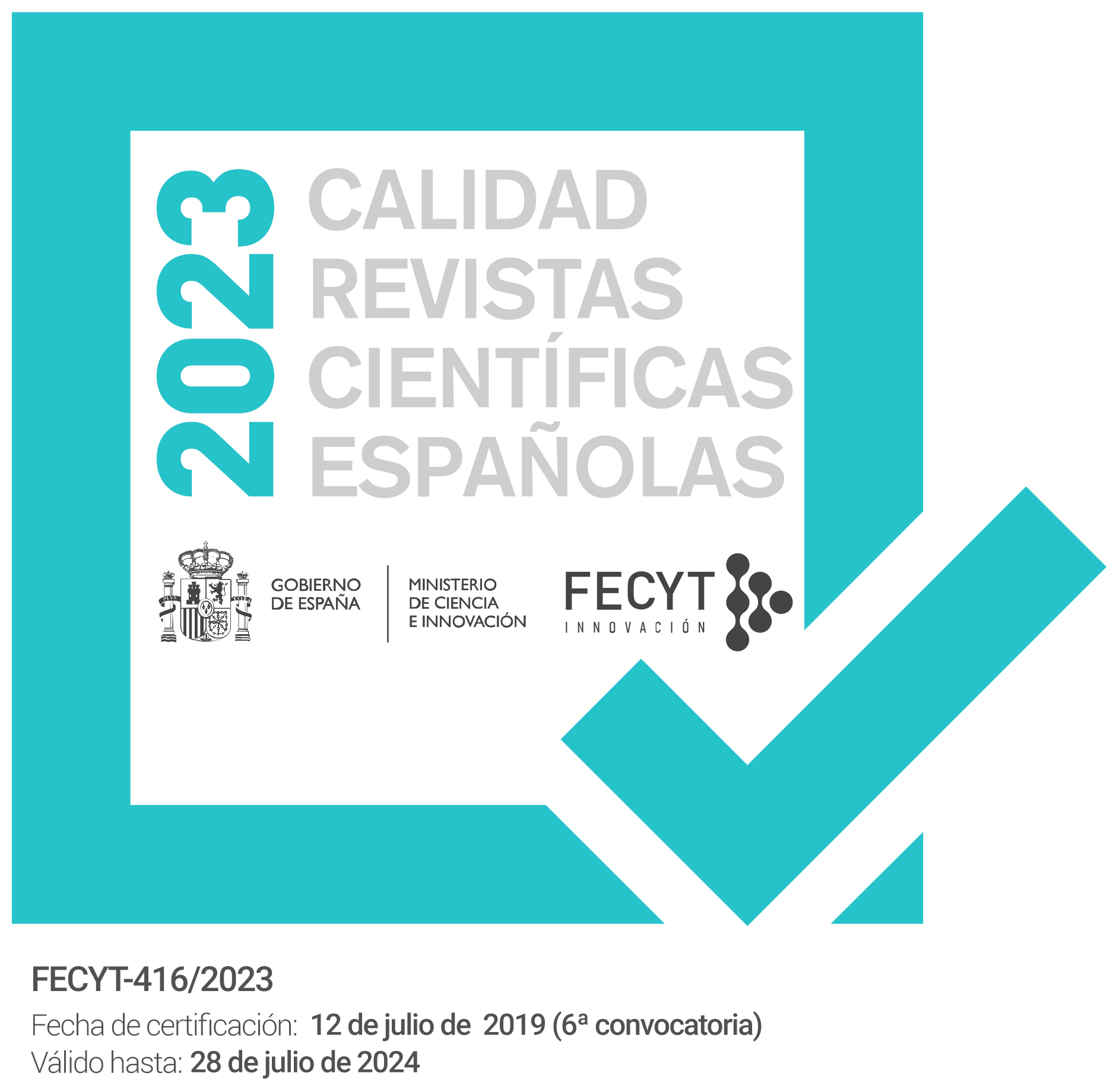El espacio de bancales en el tramo inferior de la cuenca del Guiniguada: características ecoantrópicas y estado actual
Keywords:
terrazas, unidad de terrazas, abandono agrícola, estado de conservación, Guiniguada, Gran Canaria, terraces, unit of terraces, agricultural abandon, conservationAbstract
El tramo inferior de la cuenca del Guiniguada se caracteriza por la extensión y singularidad de los espacios de cultivo en terrazas. En este trabajo se describen las principales características geoecológicas y antrópicas de estas terrazas, con especial referencia al grado de deterioro de sus muros. El 40% de las unidades de terrazas tiene un grado de deterioro medio y alto. Se concluye que las pendiente, las forma de la ladera y litología, entre los parámetros ecológicos, y los uso y la edad transcurrida desde el abandono, entre los de carácter socio-económico, son los factores que condicionan, en distinta medida, el grado de conservación de las terrazas agrícolas.
The low section of the Guiniguada basin is characterized by the extension and singularity of the spaces of culture in terraces. In this paper the principal geologic and anthropic characteristics of the above mentioned terraces are described, with special reference to the degree of deterioration of their walls. 40 % of the units of terraces has a degree of middle and high deterioration. The paper concludes that the slopes, the forms of the hillside and litology, among the ecological parameters, and the use and the age passed from the abandon, among the socio-economic parameters, are the factors that determine, in different degrees, the status of conservation of the agricultural terraces.
Downloads
Downloads
Issue
Section
License
The articles are open access distributed under the terms of the Creative Commons Attribution-NonCommercial-NoDerivatives (CC BY-NC-ND) Spain 4.0 license. Authors who publish in this journal agree with the following terms:
a) Authors retain the copyright and guarantee the journal the right to be the first publication of the work as well as licensed under a Creative Commons Attribution License that allows others to share the work with a recognition of the authorship of the work and the Initial publication in this magazine.
b) Authors may separately establish additional agreements for the non-exclusive distribution of the version of the work published in the journal (for example, place it in an institutional repository or publish it in a book), with recognition of its initial publication in this magazine.
c) Authors are allowed and encouraged to disseminate their work electronically (for example, in institutional repositories or on their own website) before and during the submission process, as it may result in productive exchanges, as well as a earliest and largest citation of published works (See The Effect of Open Access).



